Core Stability: Part 2
By Brandon Gallagher
July 31, 2018
Part 2:
How to train the core for function
So, we’ve gone over what the core is, what it’s comprised of, and its function. Now, we’re going to talk about the fun stuff: how to train the core for function.
A fully developed and functioning core can be the difference between movement sustainability, and a breakdown that can lead to injury very fast.
Core stability is the ability to resist force as opposed to producing it. This is why, right off the bat, I’ll say the sit-up is a terrible “core exercise,” since it produces movement by having us “crunch” in a position that produces flexion of the spine. Now the sit-up definitely has its purpose in fitness, and we want to train occasionally in spinal flexion and extension, but it terms of what the core is meant to do, the sit up is a poor translator. Also, a regular situp (or “crunch”) involves heavy use from our hip flexors — such as the rectus femoris and the psoas.
When training our core we must look at force-resisting movements, such as planks variation, banded-resistance, and dynamic core-stability exercises. Thus, here are some of my favorite core exercises that develop strength and stability — both anteriorly and posteriorly. (these aren't in any particular order although i do rank the carry as #1 between the options given)
Let's start with carries: Carries can be your go-to tool, and if you can hold them in the front rack, do so. Exercises such as farmer carries, single-arm farmer carries, double kettlebell front-rack carries, single-arm front-rack carries and sandbag carries are great because they require a lot of stability from the core in order to stop you from rounding at the spine and keeping that front rack intact. If you've ever carried a sandbag before, you know what happens when it starts getting heavy. It’s not pretty. Pick a challenging weight and go take a walk with it — at least 30 meters. Then, afterward, let me know how it feels.
Next, we have plank variations. Whether we start with straight-arm planks, elbow planks, single-arm planks or side planks, they all serve a purpose. The plank, and its variations, help our body resist movement of the spine. They are also great at teaching control while holding different positions.
Band-resistance exercises, meanwhile, can be great for developing core control, and stability since we have immediate feedback from an outside stimulus. One of my favorite band exercises is the pallof press. During this exercise, as we press and the band leaves our body, the resistance increases and we feel our core engage.
Should you be lucky enough to have in your gym a Glute Ham Developer, then this should be your new BFF. With the GHD, we can do a wide variety of holds and exercises. But, if you don't have a GHD, then you need to be creative. For the posterior chain, we can do a few things, including back extensions; Sorenson holds; hamstring curls and/or variations of the three.
There is always room for improvisation too if you do not have a GHD. For example, try setting a bar up in a rack and putting weight on it so it doesn't move. Then, lock your legs/feet underneath and put a bench under you. (see last instagram post here! https://www.instagram.com/p/Bl3lFZlFm83/?utm_source=ig_web_copy_link) the muscles of the posterior chain — such as the erectors, hamstrings, and glutes —- will create a powerful base to help to resist movement at the spine.
For specific training on the core, reach out to us at Thrive so we can help. Thank you for taking the time to read this, and, please, share this with someone who you think it may help.
If you want more tips and tricks in the training world check out my Instagram @Brandon_Thrivefitnesswellness.




